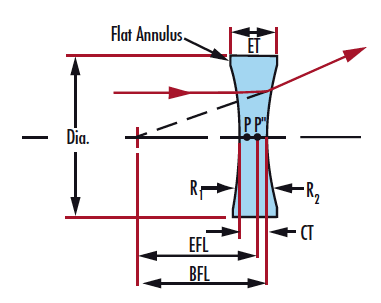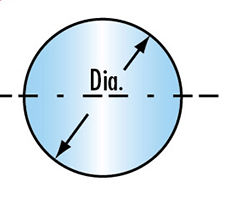The selection principle of the globe valve is as follows:
1. Globe valves are typically used in pipelines or equipment that handle high-temperature and high-pressure media. They are commonly found in thermal power plants, nuclear power stations, and high-pressure pipelines within petrochemical systems.
2. These valves are suitable for pipelines where flow resistance is not a major concern. In other words, they can be used in locations where pressure loss is not a critical factor.
3. Small-sized globe valves can be paired with needle valves, instrument valves, sampling valves, pressure gauge valves, and similar devices. They are ideal for precision applications where control is needed but not at a large scale.
4. When there is a need for flow or pressure regulation, but the required accuracy is not very high, globe valves are a good choice. This is especially true for smaller pipe diameters, such as those with a nominal diameter of ≤50mm.
5. In the production of synthetic industrial chemicals, both small and large fertilizer plants often require high-pressure angle-type globe valves. These valves can have nominal pressures up to PN160 (16 MPa) or PN320 (32 MPa), depending on the application.
6. In desiliconization workshops and in pipelines prone to coking during the production of alumina using the Bayer method, DC-type shut-off valves are recommended. These valves feature a separated body, removable valve seats, and carbide sealing pairs, making them ideal for harsh environments.
7. In urban water supply and heating projects, globe valves, balancing valves, or plunger valves can be used for smaller pipes. For example, in pipelines with a nominal diameter of less than 150 mm, these valves provide reliable operation and control.
Choosing the right globe valve depends on the specific conditions of the system, including temperature, pressure, flow requirements, and the type of medium being handled. It's important to consider all these factors to ensure optimal performance and longevity of the valve.
A vertical valve homepage:

Double-concave Cylinder Lens
Cylindrical lenses have at least one surface that is formed like a portion of a cylinder.Cylindrical lenses are used to correct astigmatism in the eye and in rangefinders, to produce astigmatism,stretching a point of light into a line.They are available in either plano-concave or plano-convex configurations. Plano-Concave Cylindrical lenses have a negative focal length and are used for image reduction or to spread light. Plano-Convex Cylindrical lenses have a positive focal length, which makes them ideal for collecting and focusing light for many imaging applications.
Some styles of cylindrical lenses have antireflective coatings to increase the transmission of light through the lens. Fused silica cylinder lenses are ideal for demanding laser machining and medical applications.
Plano-convex cylinder lens,Plano-Concave Cylinder Lens,Double-Convex Cylinder Lens,bi-concave cylinder lens,Meniscus Cylinder Lens, Rod Cylinder Lens ,Achromatic cylinder lens are available.


Â
Â
Specification of our cylinderical lens as follow:
*Material: BK7,Ge,UV-grade fuse silica(JGS1,JGS2,JGS3)or other optical materialsÂ
*Dimension Tolerance: +0.0 -- -0.1mmÂ
*Center Thickness: +/-0.1mmÂ
*Focal Length Tolerance: +/-1%
*Surface Quality:20/10Â
*Surface Figure: lambda/2 at 633nm on plano sideÂ
*Clear Aperture>90%
*Chamfer: 0.25mm at 45 degree typicalÂ
*Coating Optional
Double Convex Lens,Bi-Concave Irregular Cylindrical Lens,Double-Concave Cylindrical Lens,Dcv Cylindrical Lens
China Star Optics Technology Co.,Ltd. , https://www.csoptlens.com


